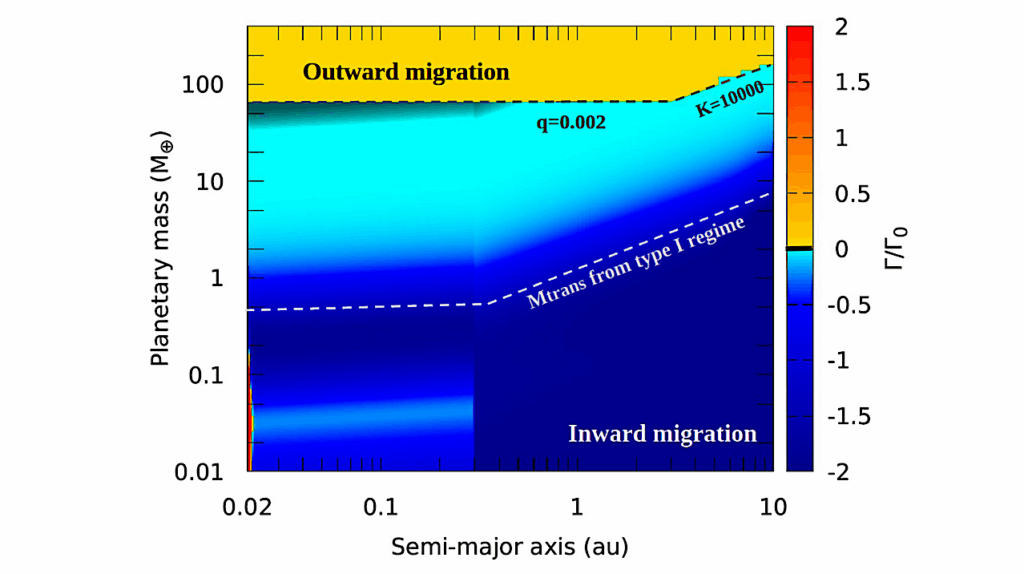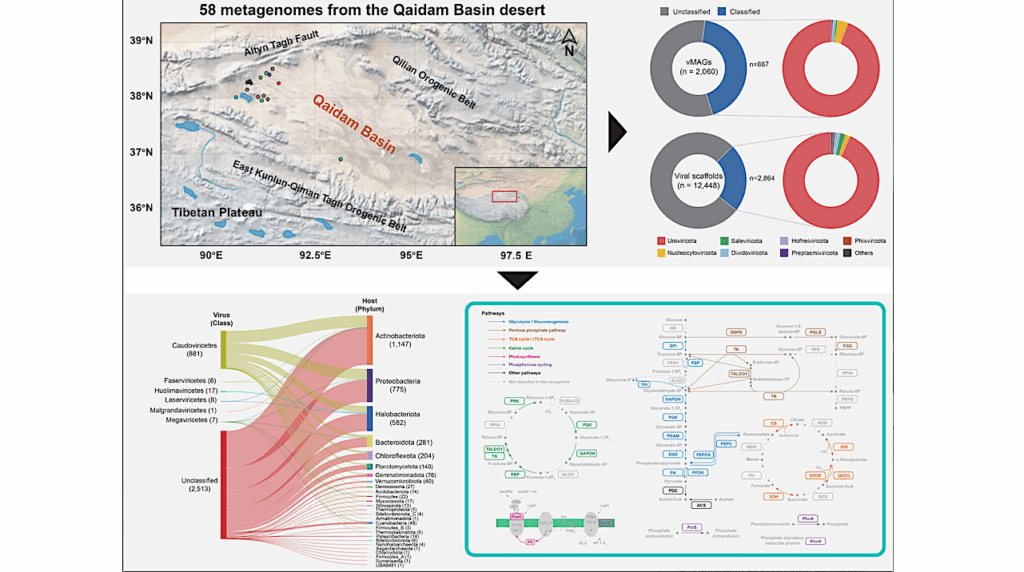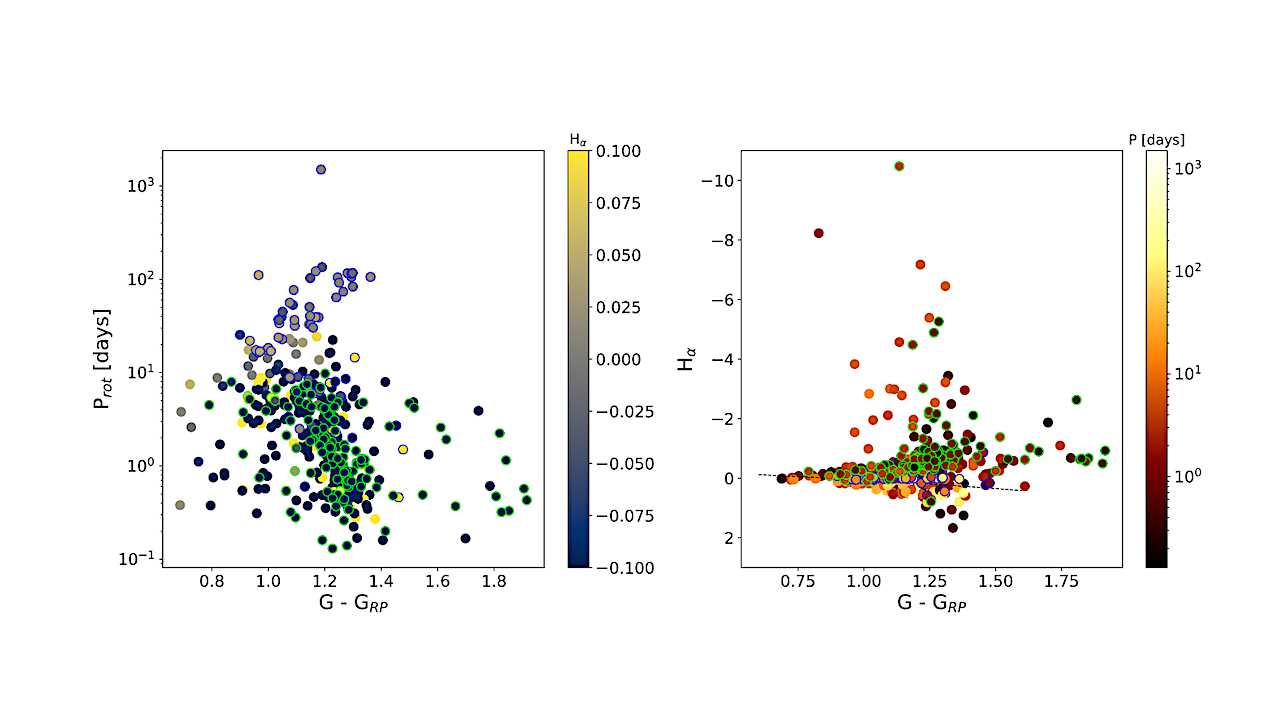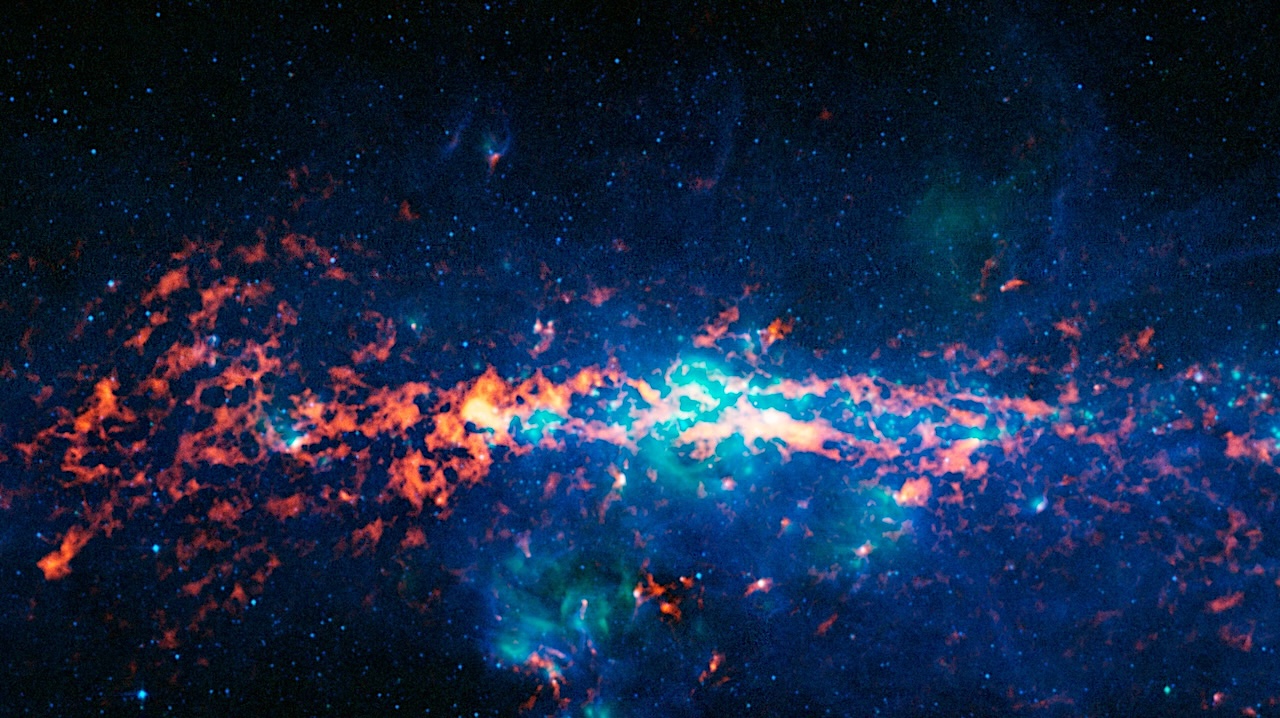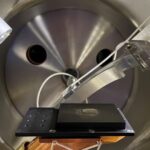Now Reading: Alkali Phenoxides In Comets
-
01
Alkali Phenoxides In Comets
Alkali Phenoxides In Comets
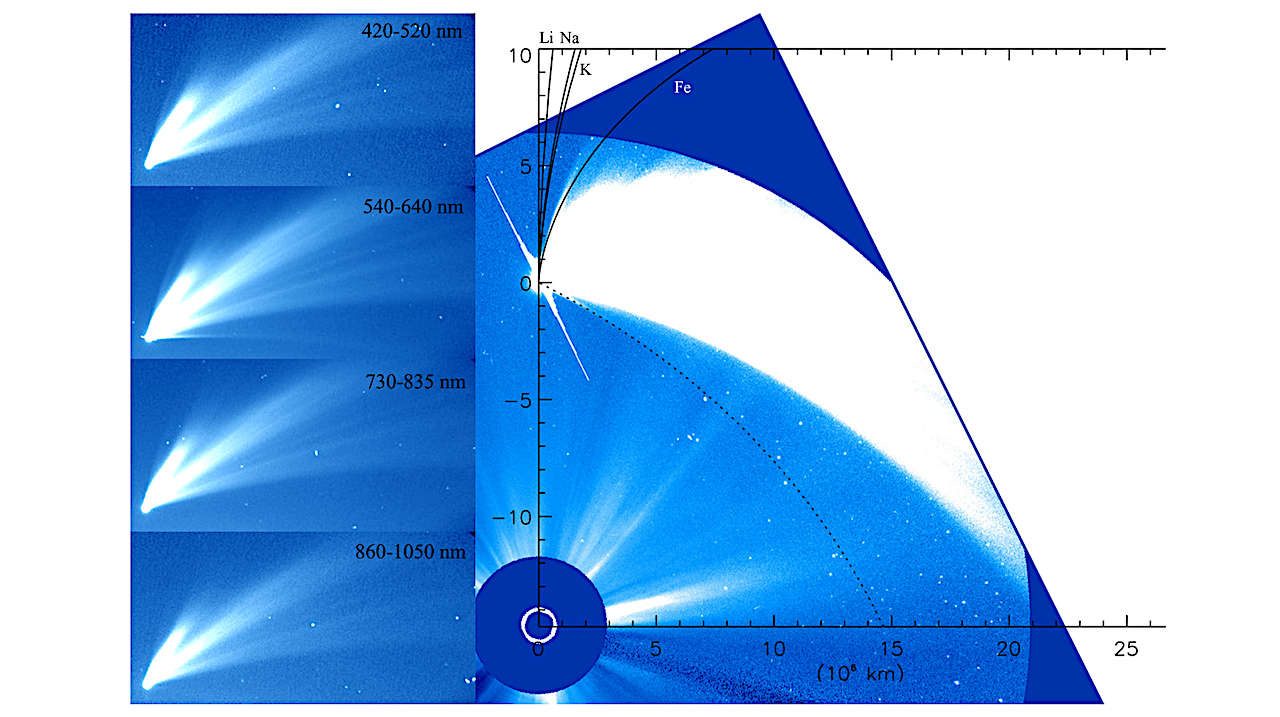

Left panels: C/2024 G3 ATLAS observed by the SOHO spacecraft on 2025 Jan 13.446-13.487 UT in four LASCO C3 passbands (Sun at bottom, images 1.2 107 km wide). The horizontal trail is visible in the orange passband only (540-640 nm). Right panel: SOHO image taken on 2025 Jan 14.454 UT in the clear passband. The curved continuous lines are the predicted atomic neutral tails, from left to right: LiI tail (syndyne of β = 440); NaI tail (syndyne of β = 71); KI tail (syndyne of β = 53); FeI tail (syndyne of β = 6). Dotted line: Comet orbit fitting the trail. — astro-ph.EP
Potassium was first detected in spectra of the sungrazer comet Ikeya-Seki at the heliocentric distance rh = 0.15 au and, 48 years later, in comets PanSTARRS and ISON at rh = 0.46 au.
The alkali tail photoionization model provides a Na/K ratio close to the solar value. No lithium was detected in any comet: the lower limit of the Na/Li ratio was almost one order of magnitude greater than the solar ratio.
Here we searched for the emissions of the alkali NaI, KI, and LiI in Comets C/2020 F3 and C/2024 G3. High-resolution spectra of the comets were taken with the 0.84 m telescope at the Schiaparelli Observatory at rh = 0.36 and 0.15 au, the observations closest to the Sun since Ikeya-Seki.
To model the data, we assumed that alkali phenoxides are present in the aromatic fraction of organic dust at the nucleus surface where they react with carbon dioxide ejecting alkali atoms. NaI and KI were detected in emission lines of exceptional intensity in both comets, with no evidence of LiI emission. The NaI/KI ratios were determined: 31 +/- 5 and 26 +/- 8, whereas solar Na/K = 15.
This excess and its observed trend with the heliocentric distance are consistent with chemistry between CO2 and alkali phenoxides at the nucleus surface. The Li upper limit for comet C/2020 F3 is very stringent at Na/Li > 3.4 10^4, a factor of 34 greater than the solar value. This Li depletion is consistent with the reaction rate of lithium phenoxides, which is a factor of 10^4 slower than sodium phenoxides.
The widespread chemistry of carbon dioxide with organic dust may provide a significant energy and mass sink of carbon dioxide in all comets also at rh > 1 au, reconciling recent models of cometary activity with Rosetta CO2 measurements. At rh < 0.5 au potassium was observed in all comets, so that we predict the formation of a KI tail spatially resolved from the NaI tail.
M. Fulle, P. Molaro, A. Rotundi, L. Tonietti, A. Aletti, L. Buzzi, P. Valisa
Comments: 8 pages, 10 figures
Subjects: Earth and Planetary Astrophysics (astro-ph.EP); Instrumentation and Methods for Astrophysics (astro-ph.IM)
Cite as: arXiv:2506.02343 [astro-ph.EP] (or arXiv:2506.02343v1 [astro-ph.EP] for this version
https://doi.org/10.48550/arXiv.2506.02343
Focus to learn more
Submission history
From: Marco Fulle Dr.
[v1] Tue, 3 Jun 2025 00:46:55 UTC (5,987 KB)
https://arxiv.org/abs/2506.02343
Astrobiology, Astrochemistry,
Stay Informed With the Latest & Most Important News
Previous Post
Next Post
-
 012024 in Review: Highlights from NASA in Silicon Valley
012024 in Review: Highlights from NASA in Silicon Valley -
 02Panasonic Leica Summilux DG 15mm f/1.7 ASPH review
02Panasonic Leica Summilux DG 15mm f/1.7 ASPH review -
 03From Polymerization-Enabled Folding and Assembly to Chemical Evolution: Key Processes for Emergence of Functional Polymers in the Origin of Life
03From Polymerization-Enabled Folding and Assembly to Chemical Evolution: Key Processes for Emergence of Functional Polymers in the Origin of Life -
 04How New NASA, India Earth Satellite NISAR Will See Earth
04How New NASA, India Earth Satellite NISAR Will See Earth -
 05And Thus Begins A New Year For Life On Earth
05And Thus Begins A New Year For Life On Earth -
 06Astronomy Activation Ambassadors: A New Era
06Astronomy Activation Ambassadors: A New Era -
07SpaceX launch surge helps set new global launch record in 2024













